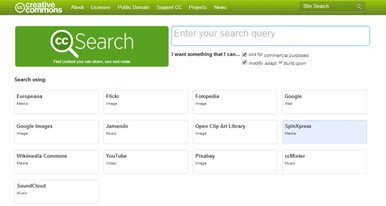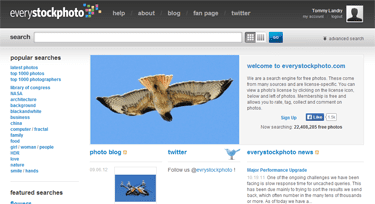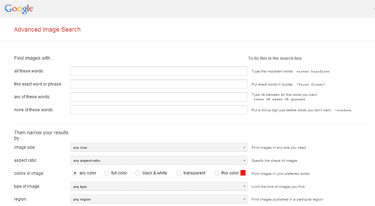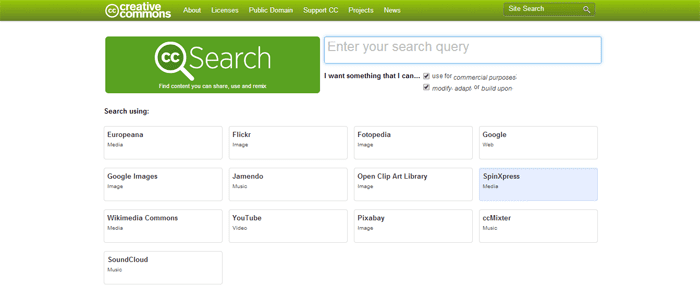Bloggers and webmasters are typically aware of the fact that images make their content perform better. Most savvy bloggers will tell you that they spend a great deal of time tracking down photos, graphs, and other images for this very purpose.
Presuming you don’t want to just lean on AI technology to generate new imagery, the safest way to incorporate images into your content is to use either:
- Your own images
- Licensed images from sites like iStockPhoto or Getty
However, not everyone has access to a library of owned images or sufficient budget to license third party work from the web.
This is why royalty free images are so popular today.
Why Care About Images? DMCA
As use of the Internet grew rapidly during the 1990s, the public quickly learned that existing copyright laws were worded in a way that didn’t easily cover digital use of files and content.
Because of this situation, it was difficult if not impossible to enforce the laws as they were written at the time.
In 1998, President Bill Clinton enacted the Digital Millenium Copyright Act (DMCA) with this situation in mind.
Imagery is included in the guidelines of the DMCA, as well as other creative assets such as published music, video excerpts from movies/television, and more.
What does the DMCA mean? You need to have the proper licensing to use any image you source from someone else.
Sometimes that requires a payment, and sometimes it does not. Be sure to take this into account before posting live.
You don’t want to deal with a DMCA takedown, where you will be forced to remove the image in an emergency situation at a later time.
And just in case you think DMCA takedowns don’t happen, you should know that Google processes millions of takedown requests on a monthly basis.
This is a real issue you need to be aware of.
Licensed vs. Royalties for Images
First, let me draw a line between a couple of terms.
Licensing
When an image is licensed, you may or may not pay an up front fee to use it in perpetuitity or for a pre-specified length of time.
Royalties
When an image is used, it can be free or you may have to pay fees for the frequency of use, number of impressions, or other volume based reasons.
These fees are called royalties. Royalty free images do not require payment for each and every placement.
Types of Licensing
Licensing can be handled in one of two ways.
Paid Licensing
When someone owns a copyright to an image, they will typically want to be paid for the right to use that image.
The most common type of image license is a flat-fee license, where you pay once and can use the image from that time forward.
This type of license is for one individual or company and cannot be transferred to another entity.
Others would also have to pay for the rights to use the same image.
Within the paid licensing arena, there is also something called rights-managed licensing.
For this type of license, the image can be used for only the purposes designated at the time of licensing.
If you license an image in this way to use on your website only, and later want to use it on product packaging, you would need to also purchase a license for that additional usage.
Creative Commons Licensing
Creative Commons licenses are my favorite type.
While there are multiple levels of license available, all creative commons licenses allow you to use an image without paying licensing fees if you agree to the limitations of each level.
There are six levels of creative commons licensing.
The most open level is called “Attribution,” and it allows you to use, modify, or derive other works from the original image for any use including commercial so long as you attribute it to the original source/owner.
The most restrictive is called “Attribution-NonCommercial-NoDerivs CC BY-NC-ND,” and it allows usage for only non-commercial purposes without any modification whatsoever so long as it is attributed to the original source/owner.
I encourage you to review the levels in detail via the link provided at the beginning of this paragraph.
Just to play it safe, I always look for the least restrictive licensing.
That way, I can resize, crop, or modify the image, and I have no problem linking back to the original source to attribute ownership appropriately.
Where to Get Royalty Free Images Online
There are many places to source images online, some with licensing fees and some without.
You could take the more time consuming route of going to specific sites like Flickr or Pexels to review images and investigate licenses individually.
But there is a much easier way to find royalty free images without wasting so much time.
Here are my top three recommendations for where to find royalty free images online most efficiently.
CreativeCommons.org

One of the easiest places to find creative commons licensed images is on search.creativecommons.org itself.
This was the original site I used when I became aware of just how big of a problem DMCA takedowns had become.
One good thing about CreativeCommons.org is that is includes not only images, but also music, video, and other media.
If you are looking for any of these items, this is the best place to go so you can search from one place.
The site actually searches several different repositories of images that include creative commons licensed materials.
One note of caution – it is easy to inadvertently find an image with a more restrictive license than intended.
You need to double check the license carefully once you pick which image you want to use.
EveryStockPhoto.com

I only recently learned about Every Stock Photo, but have been pretty impressed by its catalogue of images so far.
The whole site aims to help you find images that are available to license at no cost.
As with any free image repository, you want to be very cognizant of the level of license being offered on each and every item.
You wouldn’t want to completely rework a photo and use it on a national advertisement without first understanding the rights that the copyright holder has.
Particularly for images including people / models, you want to be sure no releases or other legal documents are required before using it for something big or highly visible on a national stage.
But for standard bloggers and smaller companies, it’s worth reviewing their inventory.
Many of the royalty free images I’ve found on the site are unique, which can help reduce the risk that you are using the same stale stock photos as a dozen other websites.
Google Advanced Image Search

My main go-to for image sourcing over the past couple of years has been Google Advanced Image Search.
It provides the most pinpoint searching capabilities I’ve seen among the three services listing.
Not only can you search using a variety of logic and match types for keywords, but you can also pre-select images to show in the listings based on usage rights or type of license.
I always go for “free to use, share, or modify, even commercially” to provide the most flexible images with regard to usage.
You can also search by filetype, size, aspect ratio, location of original site, and more.
Advanced Image Search pulls from some of the same sites that you’ll find on CreativeCommons.org, plus more.
The only downside is that, assuming you pick the same license type, many keywords and topics have a shortage of options available.
Have a backup plan for sourcing images in case you use Google’s service and can’t find anything useful.
Summary
Image licensing is no joke, so if you want to source royalty free images for your own website, proceed with caution.
Start with the resources listed above, and always confirm that you can use the image(s) for the purpose you plan to use them for.
If you find anyone stealing your own original images without attribution, if you want to request a DMCA takedown by Google, start here.
Updated October 31, 2025
Tommy Landry
Latest posts by Tommy Landry (see all)
- The Complete Guide to Dental SEO: How Dentists Can Attract More Local Patients Online - November 25, 2025
- How AI Is Changing eCommerce SEO and Product Discoverability - November 20, 2025
- Social Signals and SEO: Why Engagement Still Matters in the AI Era - November 18, 2025





